Home>Home Appliances>Home Automation Appliances>What Temperature Should I Set My House Thermostat


Home Automation Appliances
What Temperature Should I Set My House Thermostat
Modified: January 4, 2024
Find the ideal thermostat setting for your home automation appliances. Discover the recommended temperature for energy efficiency and comfort.
(Many of the links in this article redirect to a specific reviewed product. Your purchase of these products through affiliate links helps to generate commission for Storables.com, at no extra cost. Learn more)
**
Introduction
**
Setting the thermostat in your home to the optimal temperature is pivotal for ensuring comfort, energy efficiency, and cost savings. The thermostat serves as the command center for your heating and cooling system, dictating the temperature at which your home will be maintained. However, determining the ideal temperature can be a complex decision influenced by various factors. In this comprehensive guide, we will delve into the key considerations for setting your house thermostat, providing recommended temperature settings and valuable energy-saving tips to optimize your home environment. Whether you are seeking to create a cozy ambiance during the chilly winter months or keep cool and refreshed in the scorching summer heat, understanding the nuances of thermostat settings is essential. Let's embark on this journey to discover the perfect temperature for your abode, balancing comfort, efficiency, and sustainability.
Key Takeaways:
- Find the perfect balance for your thermostat settings by considering factors like climate, insulation, and occupancy. Optimize comfort and energy savings with recommended temperature settings and smart thermostat features.
- Save money and reduce environmental impact by implementing energy-saving tips like using programmable thermostats, sealing air leaks, and upgrading to energy-efficient systems. Small adjustments can lead to significant benefits for your home and the planet.
Factors to Consider
Several crucial factors play a significant role in determining the ideal thermostat setting for your home. Understanding these factors is essential for creating a comfortable and energy-efficient indoor environment. Let’s explore the key considerations:
- Climate: The climate of your region is a primary influencer of your thermostat settings. In colder climates, higher heating settings are necessary to maintain warmth, while in warmer regions, lower cooling settings are vital for comfort.
- Home Insulation: The level of insulation in your home directly impacts the effectiveness of your heating and cooling systems. Well-insulated homes retain temperature more efficiently, allowing for lower thermostat settings without sacrificing comfort.
- Occupancy: The number of occupants in your home and their individual temperature preferences should be taken into account. A larger household may require compromise to find a temperature that suits everyone.
- Time of Day: Adjusting the thermostat based on the time of day can lead to significant energy savings. Lowering the temperature at night during colder months and raising it during the day can optimize comfort and reduce energy consumption.
- Health Considerations: Certain health conditions may necessitate specific temperature settings for comfort and well-being. Individuals with respiratory issues, for example, may require warmer temperatures to ease breathing.
- Energy Costs: Balancing comfort with energy costs is crucial. Setting the thermostat a few degrees lower in the winter and higher in the summer can lead to substantial savings on energy bills.
- Smart Thermostat Features: If you have a smart thermostat, take advantage of its features such as programmable schedules and remote access to optimize temperature settings based on your daily routine.
Considering these factors will help you make informed decisions when determining the optimal thermostat settings for your home, ensuring both comfort and efficiency.
Recommended Temperature Settings
Setting the thermostat to the right temperature is essential for maintaining a comfortable and energy-efficient home environment. While individual preferences may vary, the following are general recommendations for thermostat settings:
- Winter Settings: During the colder months, the ideal indoor temperature is typically between 68 to 72 degrees Fahrenheit (20 to 22 degrees Celsius) when occupants are at home and awake. Lowering the temperature by 10 to 15 degrees when asleep or away from home can result in significant energy savings.
- Summer Settings: In the summer, a setting of around 78 degrees Fahrenheit (25 degrees Celsius) is recommended for optimal energy efficiency and comfort when occupants are at home. Raising the temperature when away can help conserve energy without compromising comfort.
- Programmable Thermostats: Utilizing programmable thermostats to automatically adjust the temperature based on your daily schedule can optimize energy usage. For example, you can program the thermostat to lower the temperature when you are at work or asleep and raise it when you are at home.
- Smart Thermostat Adaptability: Smart thermostats offer adaptability and learning capabilities, allowing them to adjust settings based on your habits and preferences. These devices can provide personalized recommendations for temperature settings, maximizing comfort and efficiency.
These recommended temperature settings serve as a starting point for achieving a balance between comfort and energy savings. However, it’s important to consider individual comfort preferences and adapt the settings accordingly.
Set your thermostat to 68-72°F in the winter for comfort and energy savings. In the summer, aim for 78°F to keep cool without overworking your AC.
Energy Saving Tips
Optimizing your thermostat settings and implementing energy-saving practices can lead to substantial cost savings and reduced environmental impact. Here are some valuable tips to enhance energy efficiency in your home:
- Utilize Programmable Thermostats: Programmable thermostats enable you to preset temperature adjustments based on your daily routine, allowing for energy savings when you are asleep or away from home.
- Regular Maintenance: Ensure that your heating and cooling systems receive regular maintenance to operate at peak efficiency. Clean or replace air filters as recommended and schedule professional inspections to keep the systems in optimal condition.
- Seal Air Leaks: Properly seal air leaks around windows, doors, and ductwork to prevent heat loss in the winter and maintain cool air in the summer. This simple step can significantly reduce the workload on your heating and cooling systems.
- Utilize Natural Heating and Cooling: Take advantage of natural heating and cooling opportunities. Open curtains during the day to allow sunlight to naturally warm your home in the winter, and use fans and ventilation to promote airflow and cooling in the summer.
- Upgrade to Energy-Efficient Systems: Consider upgrading to energy-efficient heating, ventilation, and air conditioning (HVAC) systems. Energy Star-rated appliances can substantially reduce energy consumption and lower utility costs.
- Utilize Ceiling Fans: In conjunction with your HVAC system, ceiling fans can help distribute air more effectively, allowing you to adjust the thermostat settings without sacrificing comfort.
- Optimize Insulation: Improve insulation in your home to minimize heat transfer, keeping the indoor temperature stable and reducing the workload on your heating and cooling systems.
- Adjust Clothing Layers: Encourage the use of layered clothing to maintain personal comfort at slightly lower thermostat settings in the winter and higher settings in the summer, reducing the need for extreme indoor temperatures.
- Consider Zoning Systems: If feasible, consider implementing zoning systems that allow you to control the temperature of specific areas or rooms, optimizing comfort and energy usage based on occupancy.
By implementing these energy-saving tips and optimizing your thermostat settings, you can achieve a more sustainable and cost-effective approach to home heating and cooling, benefiting both your wallet and the environment.
Conclusion
Setting the thermostat in your home to the optimal temperature is a balancing act that involves considerations of comfort, energy efficiency, and individual preferences. By taking into account factors such as climate, insulation, occupancy, and health considerations, you can make informed decisions to create a comfortable indoor environment while minimizing energy consumption.
Recommended temperature settings provide a general guideline for achieving a balance between comfort and energy savings, with programmable and smart thermostats offering adaptability and convenience to further optimize your settings based on your daily routine and preferences.
Implementing energy-saving tips, such as utilizing programmable thermostats, conducting regular maintenance, sealing air leaks, and upgrading to energy-efficient systems, can significantly reduce energy consumption and lower utility costs while promoting a more sustainable approach to home heating and cooling.
As you navigate the realm of thermostat settings and energy efficiency, remember that small adjustments can yield significant benefits. By embracing a mindful approach to thermostat settings and energy usage, you can create a comfortable, inviting home environment while contributing to a greener, more sustainable future.
With a thoughtful blend of technology, practicality, and environmental consciousness, you can embark on a journey towards optimal thermostat settings, energy efficiency, and enhanced comfort in your home.
Frequently Asked Questions about What Temperature Should I Set My House Thermostat
Was this page helpful?
At Storables.com, we guarantee accurate and reliable information. Our content, validated by Expert Board Contributors, is crafted following stringent Editorial Policies. We're committed to providing you with well-researched, expert-backed insights for all your informational needs.
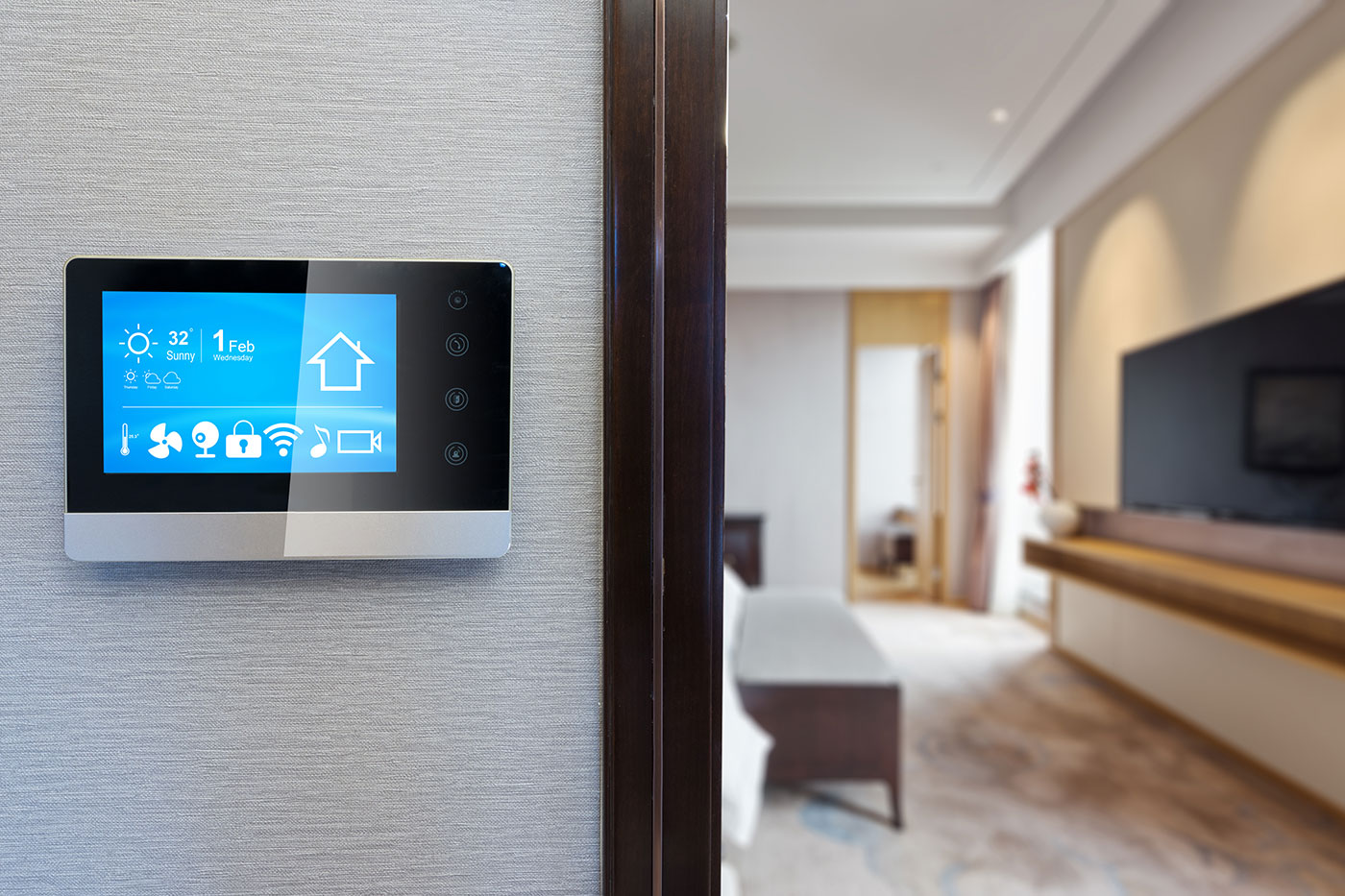

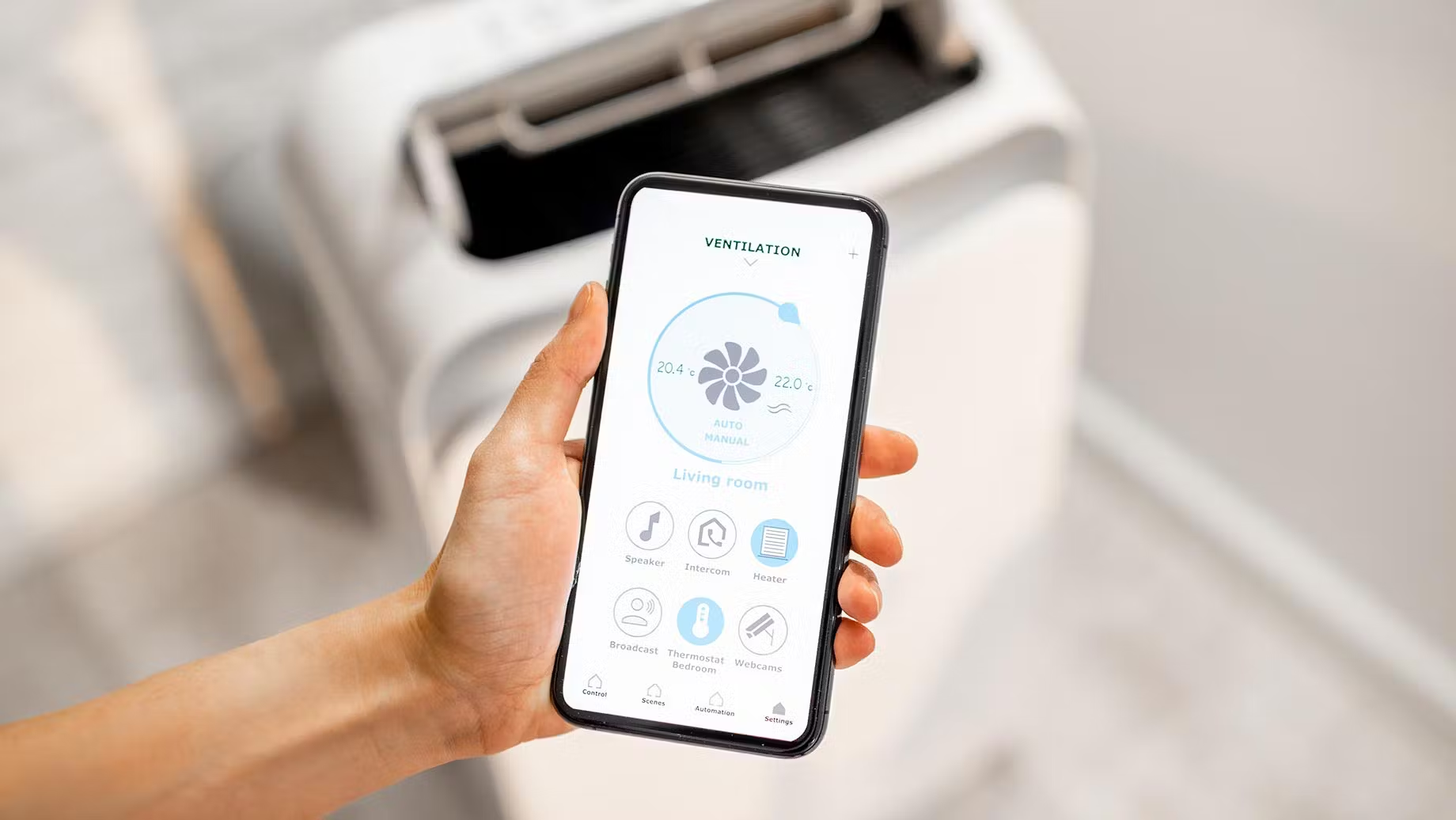

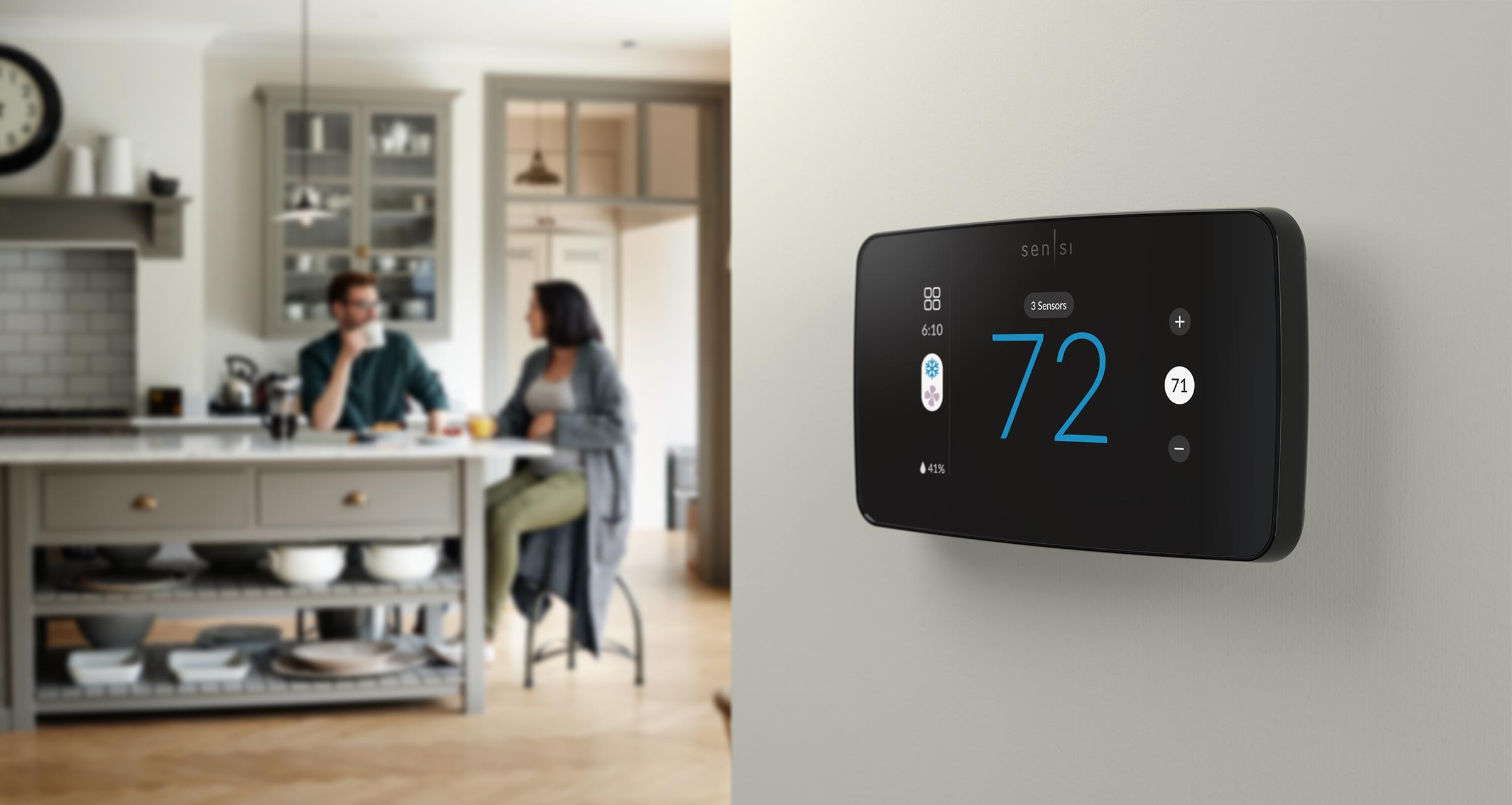
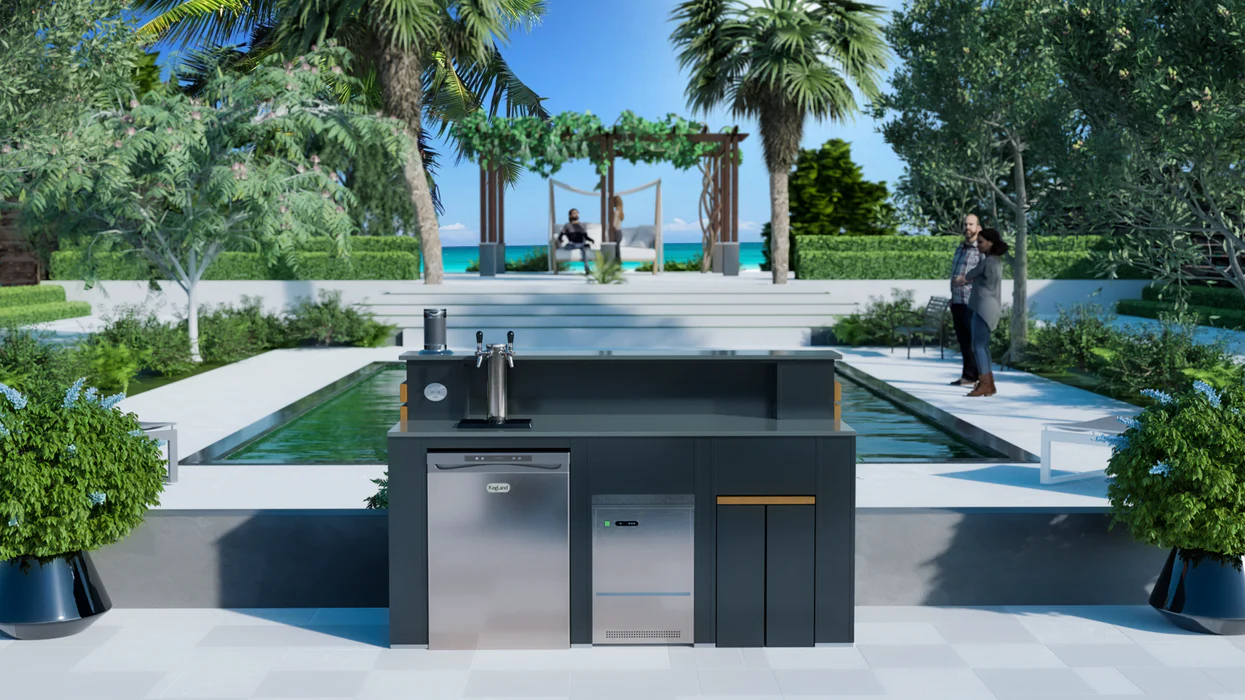


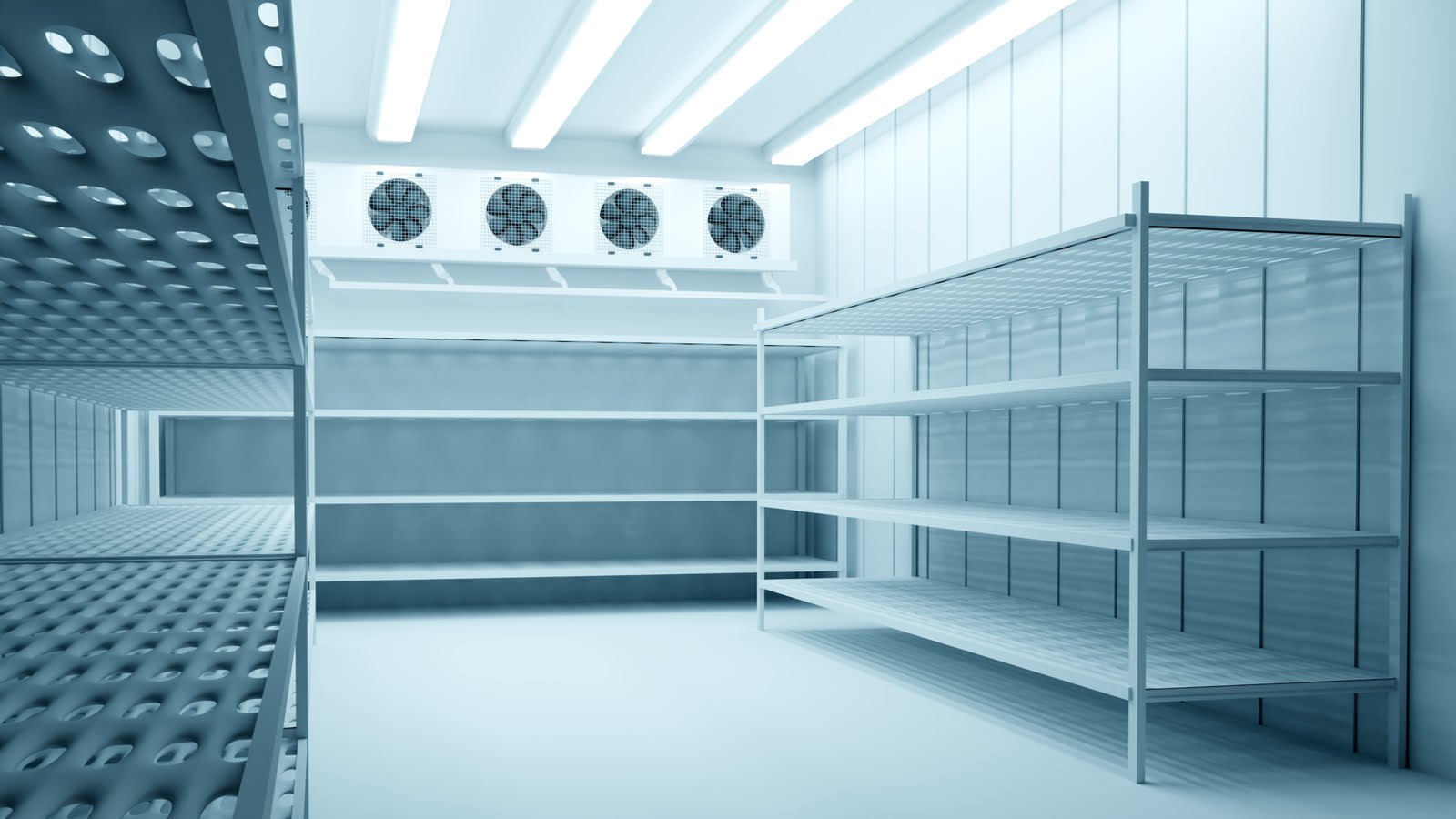
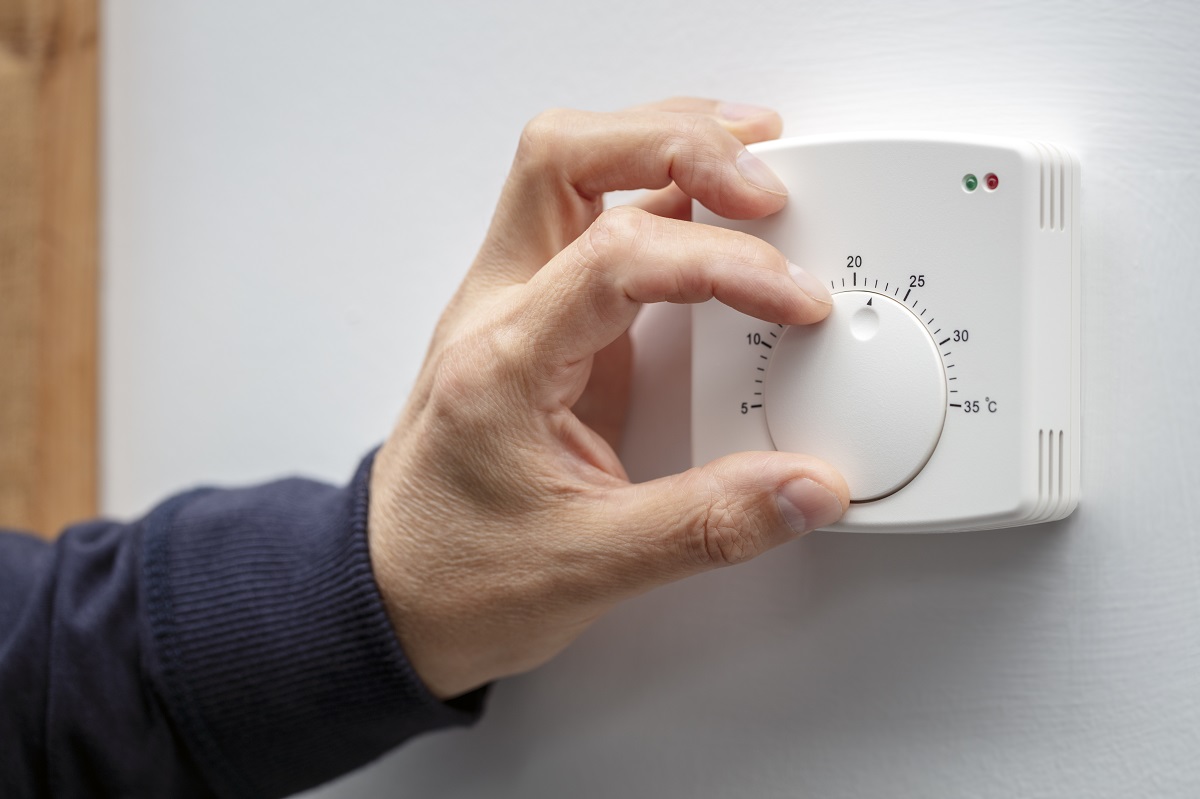
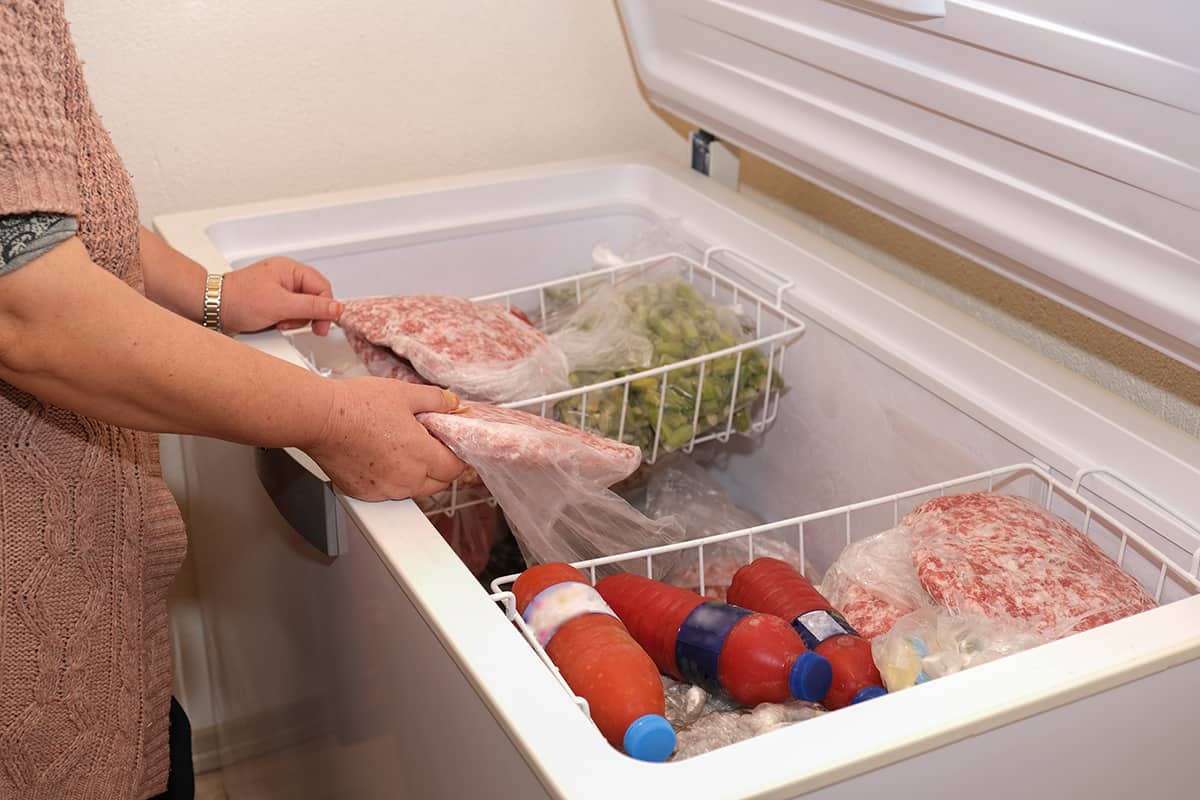
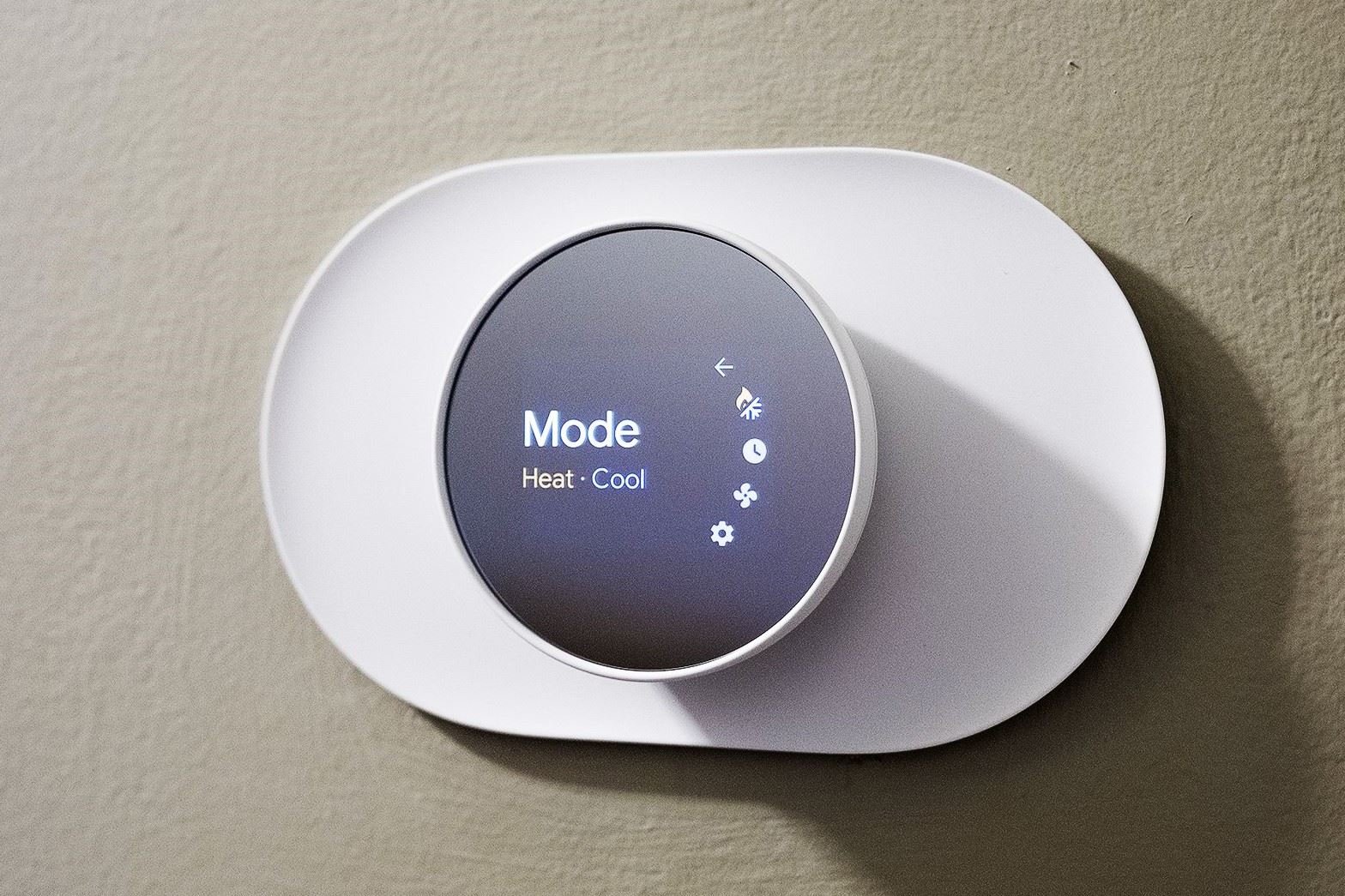
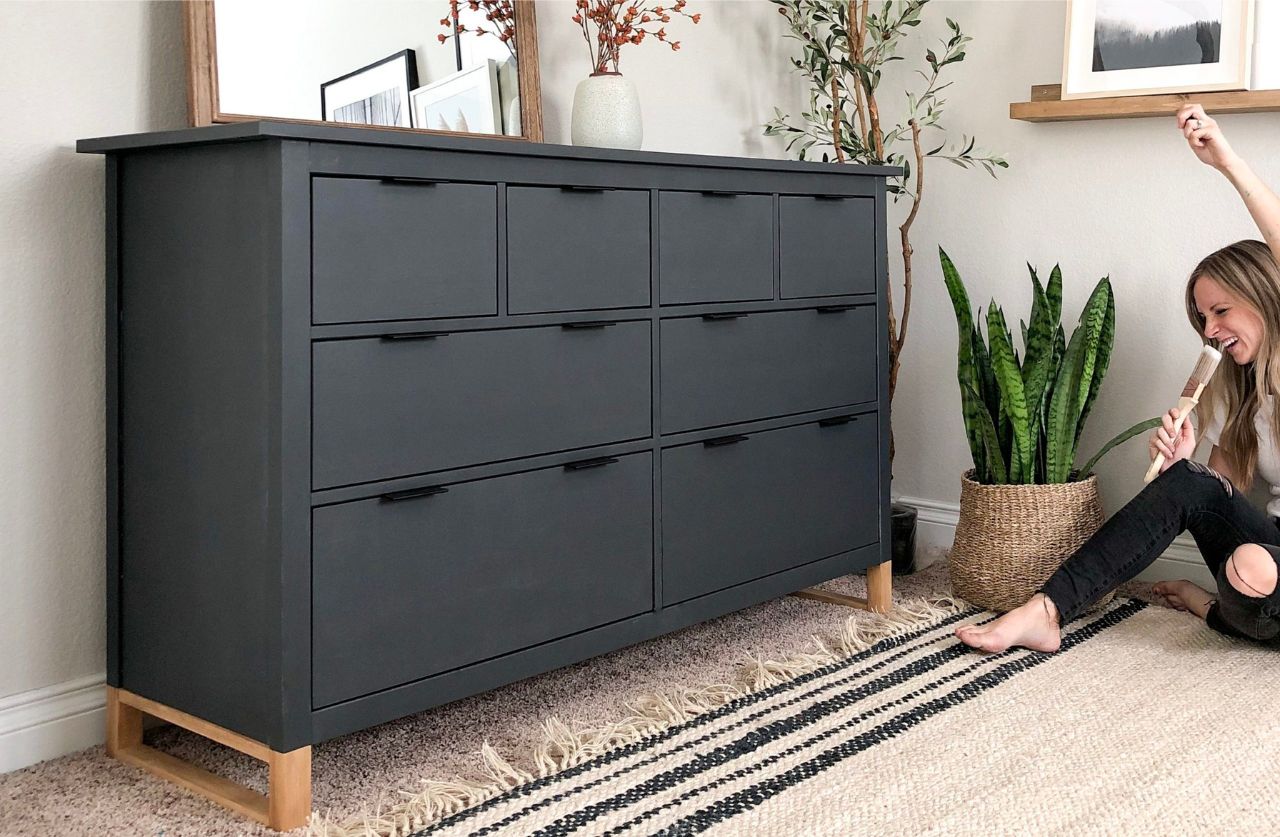
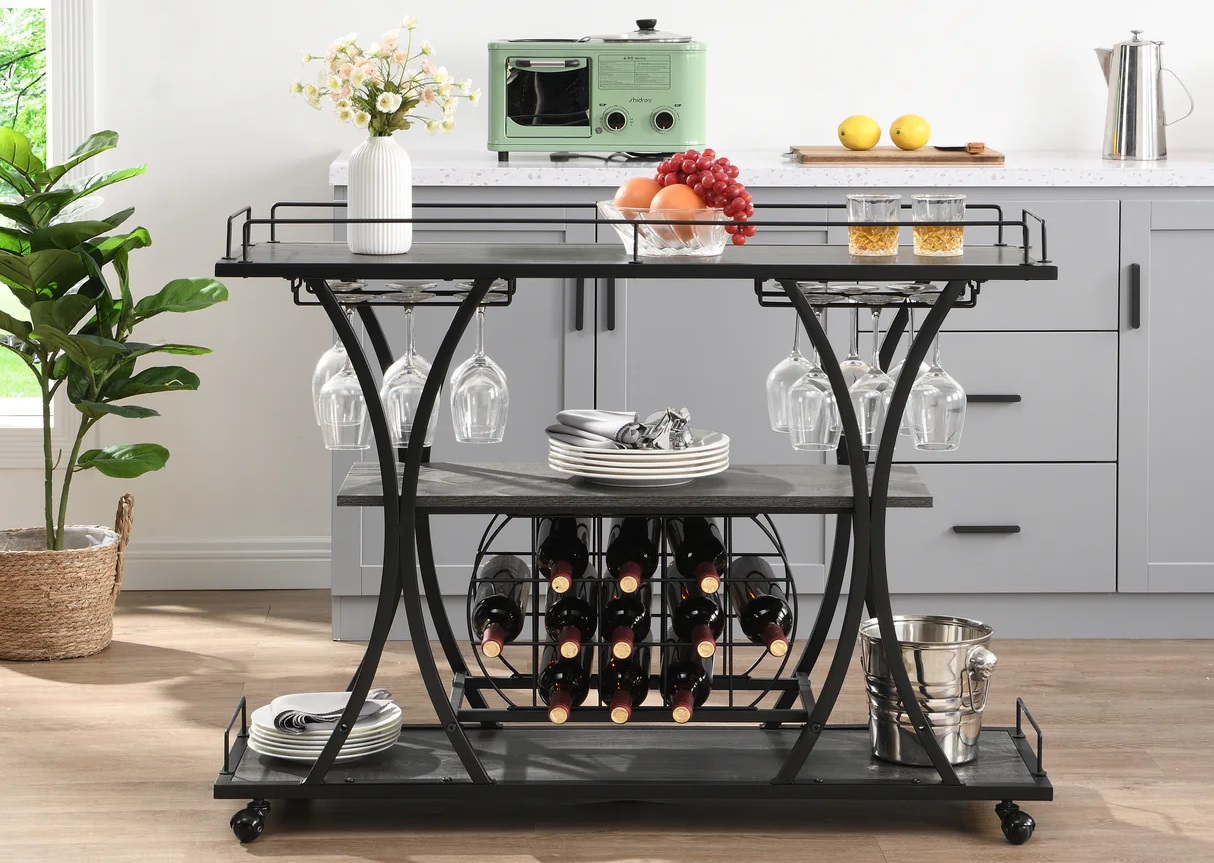
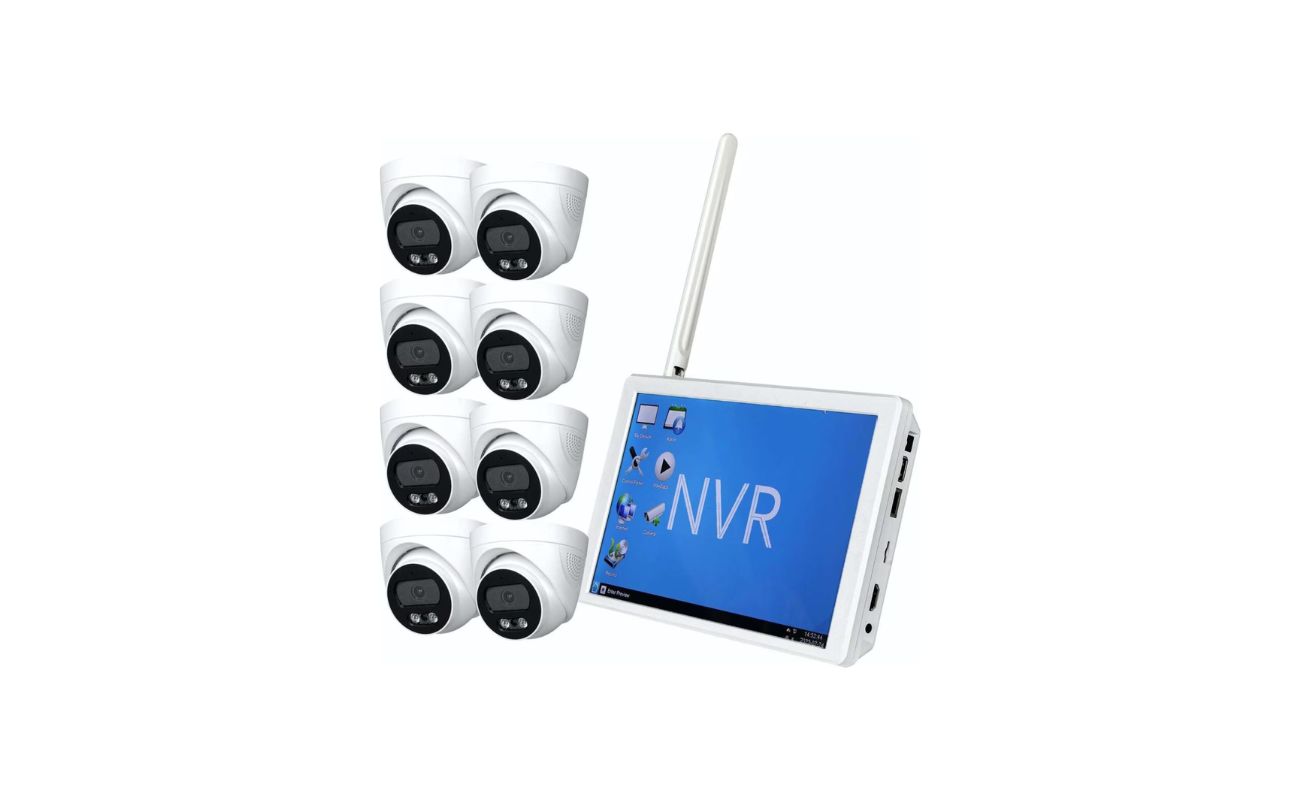

0 thoughts on “What Temperature Should I Set My House Thermostat”